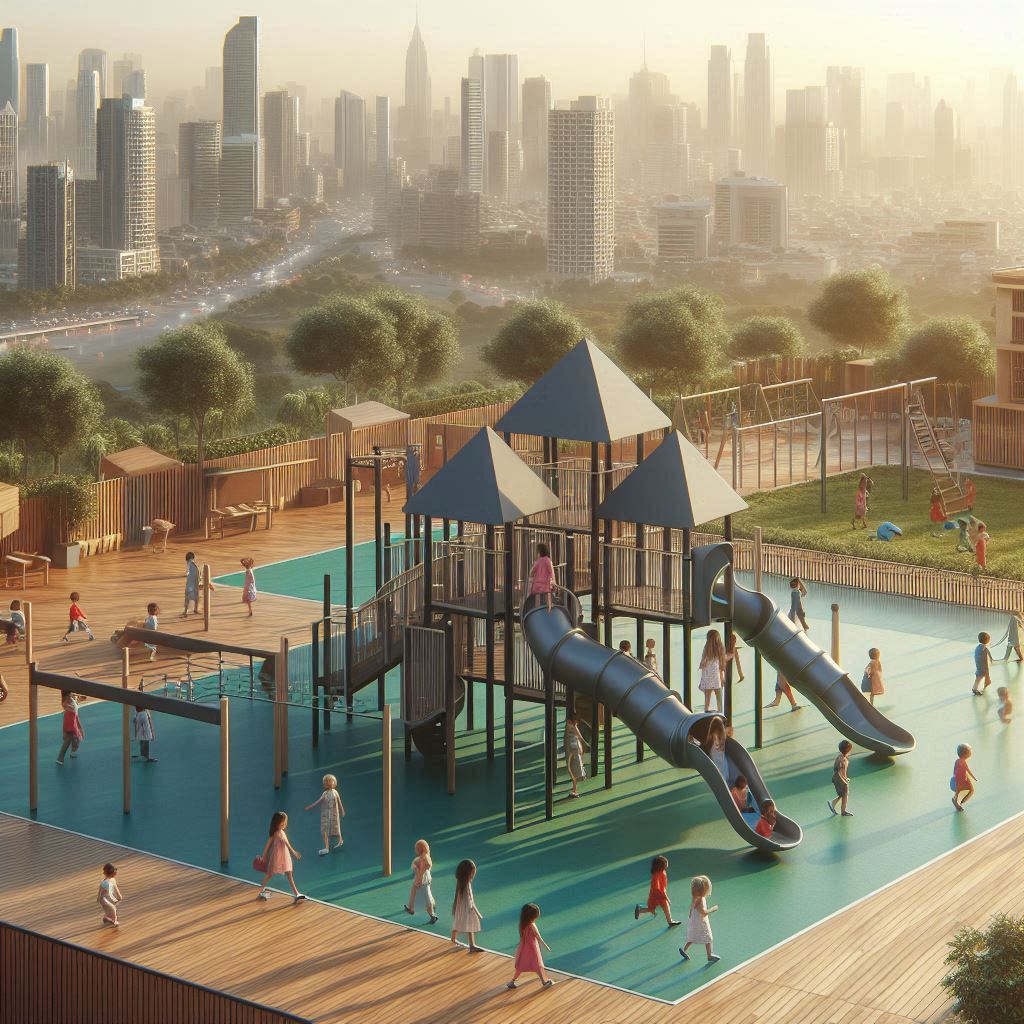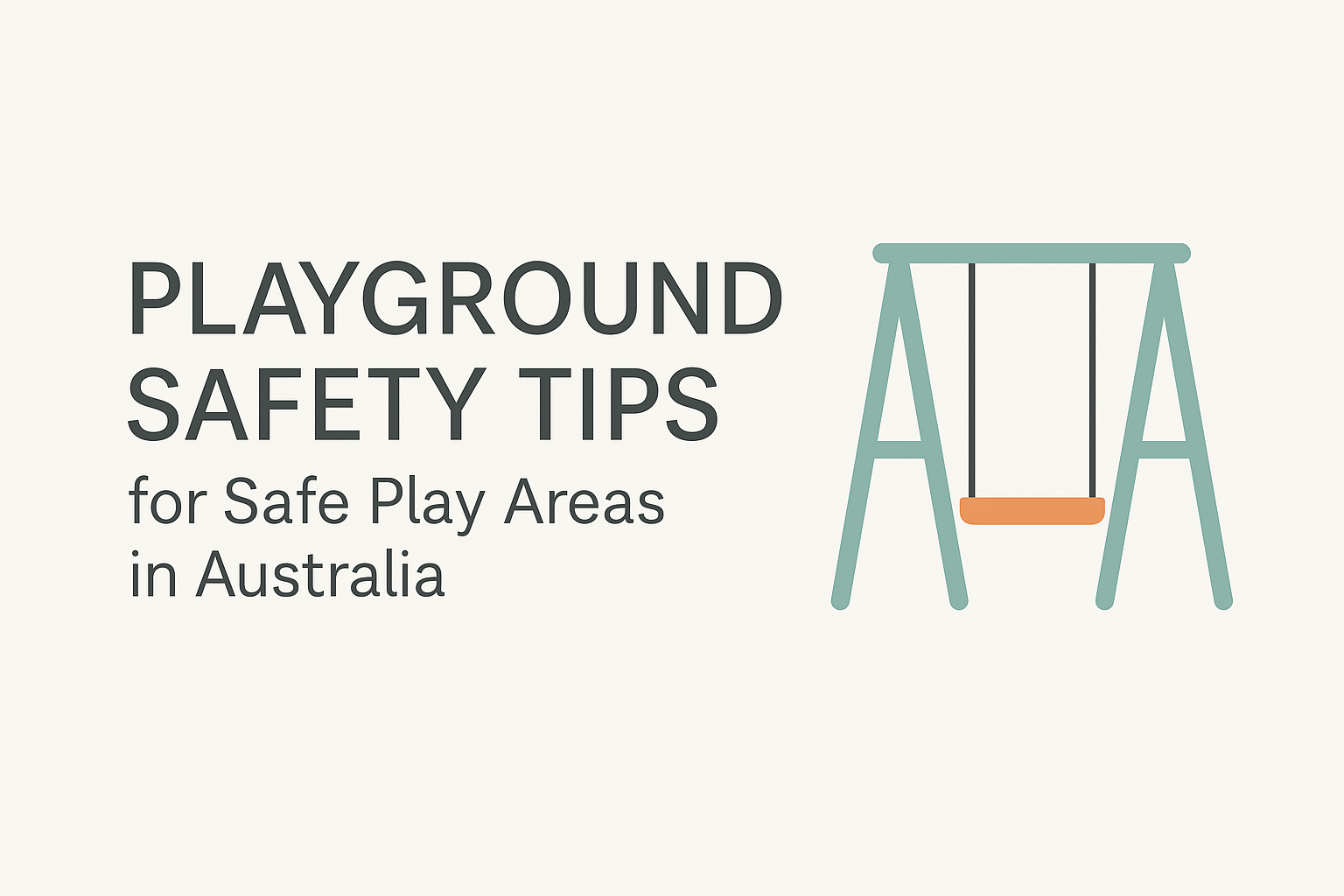Creating an inclusive playground is essential for schools that want to provide a safe, engaging, and accessible environment for all students, including those with disabilities. In Australia, inclusivity in playground design is becoming increasingly important, with schools and councils focusing on compliance with safety regulations, accessibility, and interactive play elements that cater to diverse needs.
In this guide, we will explore key considerations for designing an inclusive school playground, highlight Australian safety standards, and offer recommendations on selecting the right equipment to create an environment where every child can play, learn, and interact with their peers.
What is an Inclusive Playground?
An inclusive playground is designed to accommodate children of all abilities, providing equal access and participation opportunities. Unlike traditional playgrounds, inclusive play areas focus on:
- Accessibility: Ensuring that all children, including those using mobility aids, can access and navigate the playground.
- Sensory Play Elements: Integrating features that stimulate different senses, such as tactile panels, musical instruments, and visual elements.
- Social Interaction: Encouraging group play, communication, and collaboration among children of all abilities.
- Safety and Comfort: Incorporating features like soft-fall surfaces, shaded areas, and ergonomic designs to provide a secure environment.
Key Considerations When Designing an Inclusive Playground
Compliance with Australian Playground Safety Standards
Schools must ensure their playgrounds meet the following Australian standards:
- AS 4685:2021 – Playground Equipment and Surfacing (Standards for safe equipment design)
- AS/NZS 4422:2016 – Playground Surfacing (Impact-absorbing materials to prevent injuries)
- AS 1428.3:1992 – Design for Access and Mobility (Guidelines for disability access and inclusive play spaces)
Make sure when you consider buying outdoor play equipment, You follow these regulations, schools can create a safe and legally compliant environment for all children.
Accessibility and Inclusive Design
An inclusive playground should offer multiple access points and inclusive pathways to ensure children with mobility challenges can navigate the area easily.
Key accessibility features include:
- Wide ramps and wheelchair-friendly pathways
- Adaptive swings and low-height play panels
- Transfer platforms for easy access to slides and climbing areas
Sensory and Multi-Sensory Play Areas
Children have different sensory preferences, so incorporating multi-sensory play equipment ensures engagement for all kids.
Examples of sensory play elements:
- Tactile Play Panels: Featuring different textures and interactive features for touch exploration.
- Musical Instruments: Drums, xylophones, and chimes stimulate auditory senses.
- Motion Play Areas: Inclusive merry-go-rounds and gentle rocking equipment provide vestibular stimulation.
Social and Interactive Play Spaces
Playgrounds should foster cooperation, communication, and socialization among all children. Schools can incorporate:
- Multi-user swings and seesaws to encourage shared play.
- Group activity stations such as playhouses and sensory gardens.
- Quiet zones for children who need a break from overstimulation.
Safe and Durable Materials
Playground surfaces and equipment must be designed with child safety and long-term durability in mind. Schools should opt for:
- Rubberized soft-fall flooring to reduce injury risks.
- Non-toxic, weather-resistant PE board & galvanized steel structures.
- Shaded seating areas for comfort and sun protection.
Choosing the Right Inclusive Playground Equipment
Recommended Equipment for an Inclusive School Playground
| Equipment Type | Benefits |
|---|---|
| Inclusive Swings | Adaptive swings allow children of all abilities to enjoy swinging together. |
| Wheelchair-Accessible Play Stations | Provides interactive play elements at different heights. |
| Sensory Play Panels | Engages multiple senses, great for children with autism or sensory processing needs. |
| Multi-User Seesaws & Rockers | Encourages teamwork and cooperative play. |
| Wide Ramps & Transfer Stations | Ensures children with mobility challenges can access elevated play areas. |
Schools can customize playgrounds by selecting equipment that fits their space, budget, and student needs.
Benefits of an Inclusive Playground for Schools
Enhances Student Development
Inclusive playgrounds promote physical, cognitive, and emotional growth by encouraging:
- Active movement to improve coordination and strength.
- Problem-solving skills through interactive play.
- Emotional regulation by providing calming sensory elements.
Encourages Social Inclusion
A well-designed inclusive playground fosters peer interaction, friendships, and collaboration between children of all abilities.
Supports School Reputation and Community Engagement
By investing in an inclusive playground, schools demonstrate a commitment to diversity and accessibility, enhancing their reputation within the community and potentially securing government funding.
Why Choose Our Inclusive Playground Equipment?
As a leading provider of high-quality, Australian-certified playground equipment, we offer:
- Customizable playground solutions tailored to school needs.
- Durable, eco-friendly materials that meet Australian safety standards.
- Expert consultation & full-service installation.
- Ongoing maintenance support to ensure long-term safety.
Upgrade your school playground today! Contact us for a consultation and custom quote.
Final Thoughts
Designing an inclusive playground for schools requires careful planning, compliance with Australian safety standards, and selection of accessible, durable, and engaging equipment. By incorporating sensory play, social interaction, and safe materials, schools can create a welcoming and enriching environment for all students.
Looking for the best inclusive playground equipment in Australia? Contact us today for expert advice and high-quality play structures!


